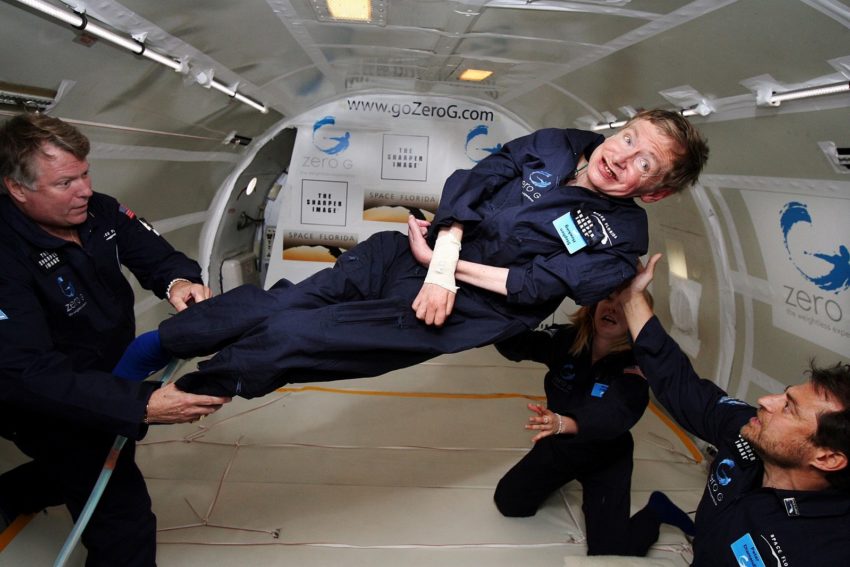Last month, renowned physicist, cosmologist, author and Cambridge professor Stephen Hawking passed away aged 76.
Arguably the world’s most famous and influential scientist, Hawking changed the way people thought about the universe. Having made numerous important scientific discoveries, Hawking also published books which made this information easily accessible to a wider public.
However, Stephen Hawking not only changed the way that people thought about science, he also changed the way people perceived disability. Diagnosed with motor neurone disease in his twenties, many of his greatest intellectual achievements were made whilst his body was failing. Here, we reflect on the scientist’s remarkable achievements, and how he changed attitudes to motor neurone disease and disability at large.
Early Life and Diagnosis
Stephen Hawking studied for his undergraduate at Oxford University, England, where he was reported to have found the academic work “ridiculously easy”. He had a reputation for being lively, witty and popular, with a passion for rowing and science fiction novels.
However, during his final year at Oxford, he noticed he was becoming very clumsy and experienced difficulties in rowing practise. When his family noticed his speech was beginning to slur, Hawking sought medical help. It was then, at just 22 years old, he was diagnosed with motor neurone disease. Doctors at the time gave him less than two years to live.
A Failing Body, But a Free Mind
Against all the odds, Stephen Hawking outlived the doctors’ projected life expectancy by decades. However, after his diagnosis, his health deteriorated quickly. Throughout the 1960s he required crutches to walk, refusing a wheelchair for many years. It was only by the end of the 1960s he finally accepted he would need a full-time mobility aid. Even then, he earned a reputation for his wild and reckless wheelchair driving.
Despite Professor Hawking’s declining health, it was during this time that he made his most important scientific achievements. It was in 1974, when he had all but lost his speech, that he discovered what now referred to as “Hawking radiation”. Later, in 1988, after undergoing a tracheotomy to treat pneumonia, Hawking published his book A Brief History of Time, introducing cosmology to a wider public.
Visibility and Determination
After the professor passed away, a student of his, Professor Paul Shellard, was asked if he thought Stephen Hawking had changed perceptions of disability.Professor Shellard said “I think he’s done more than anyone else. He’s been an incredible exemplar of there being no boundary to human endeavour.”
It was this determination – focusing on what was possible rather than impossible – that defined his public image. Furthermore, his investment in making science accessible helped propel him to fame, which led to appearances on Star Trek, The Simpsons, and the production of his biopic, The Theory of Everything. Many people have commented that his fame helped to normalise physical disability, proving that there needn’t be a barrier to achievement.
In an interview with The New York Times, Professor Hawking said: “My advice to other disabled people would be, concentrate on things your disability doesn’t prevent you doing well, and don’t regret the things it interferes with. Don’t be disabled in spirit, as well as physically.”
